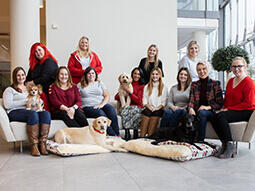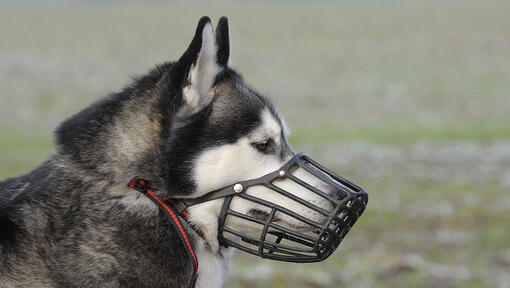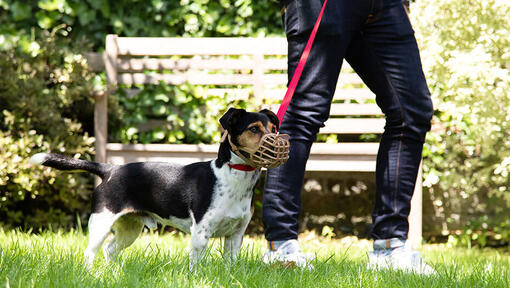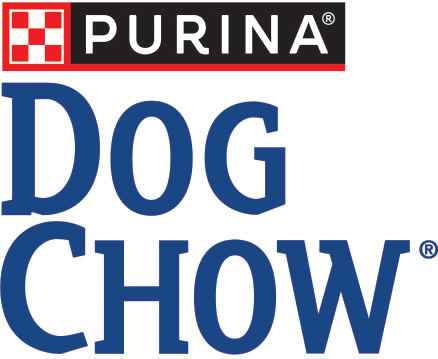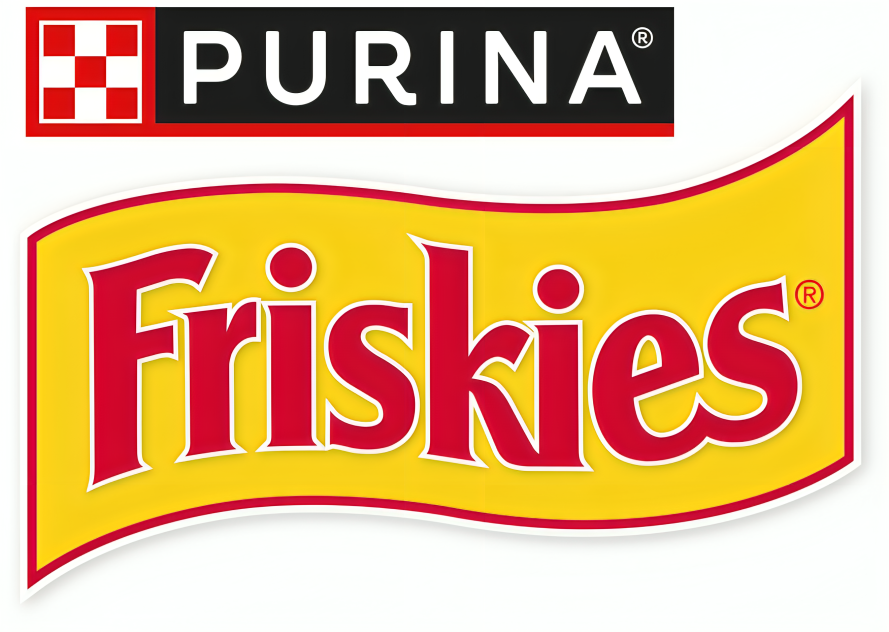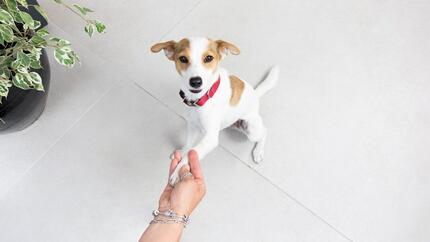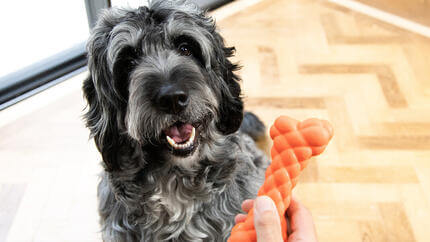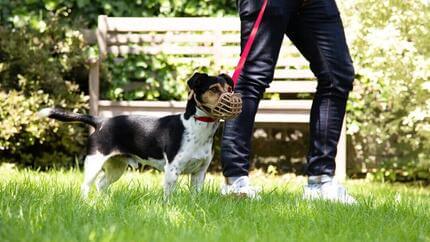
Dog muzzles often get a bad rap, but did you know there are actually quite a few benefits to wearing them for certain types of dogs? Find out more about them and our dog muzzle training tips with this guide.
Dog muzzles are fantastic! We know that they get a mixed response from people, but we also know how important they are and have written this article to help you with your dog muzzle training. If you read that and thought, ‘my dog doesn’t need a muzzle,’ then this article is for you.
Not only are muzzles perfect for dogs that might be a little bit grumpy, frightened or anxious when they’re out and about, they’re also quite often necessary at the vet's or if your dog has been hurt. If your dog has learnt to love their muzzle then all the stress that’s often accompanied by wearing one goes away.
Why do some dogs wear muzzles?
Some dogs need to wear muzzles and most of the time, it’s not because they’ve ever bitten anyone. There may be dogs that are required, by law in your country, to wear a muzzle in public because of their breed, not their bite history. Some ex-racing greyhounds wear muzzles because they have endured years of chasing something small and furry and that’s a hard habit to break. Some dogs wear one because vets and trainers recommend it when they are learning not to eat potentially dangerous objects, like stones or litter. Some dogs wear one because they need space and people tend to give dogs a wide berth if they’re wearing a muzzle.
There are misconceptions about dog muzzles, there are judgements and there are quite often some unhelpful comments about them, but when did that stop you from doing your best for your dog?! The more we can all raise awareness about the positives of muzzles, the better!
You could face a situation where your dog needs to be muzzled. You don’t know what the future holds and if you’re in a situation where your dog needs a muzzle as a matter of urgency; they won’t be feeling excited about one landing on their face. You can prepare them and take that stress away from them.
Baskerville muzzles
Baskerville muzzles are popular, safe and lightweight muzzles that allow your dog to breathe. Never use a muzzle that clamps your dog’s mouth shut as that affects their breathing and leaves them unable to drink. With the Baskerville muzzle, they can take treats and drink, so once they’ve learned to love it, they’re not prevented from enjoying life while wearing one.
You’ll need to measure your dog’s snout to make sure you get the correct size and please do that in the comfort of your own home, not in the aisle of a pet shop. Then, when you’re shopping, stock up on squeezy cheese or liver paste.
Dog muzzle training tips
Put a little bit of a squeezy treat at the bottom of the muzzle, on the inside! Hold it out for your dog and let them sniff, putting their nose into the muzzle in their own time. Don’t do anything other than practise this until your dog doesn’t think twice about nose-diving into the muzzle. Don’t try and fasten it, don’t push it onto your dog’s nose, just be patient and enjoy watching your dog explore.
With the squeezy treat smeared on the bottom of the muzzle, your dog will get used to keeping their nose in it for longer periods of time.
As they become more comfortable, you can start to move the straps, fasten it and leave it on for an increased amount of time around the house/garden before venturing out with it on. However, wearing it around the house is only going to work if you keep your dog active, otherwise, there’s a strong chance they’ll try and take it off and become frustrated, which is counterproductive. This would be a great opportunity to practice recall, loose lead walking or teach a new cue. Remember that your dog has to associate the dog muzzle with fun activities.
Top dog muzzle training tip: Sitting down and holding the dog muzzle between your knees frees you up to get your dog used to the straps being moved and fastened, rather than trying to hold it and fasten it and keep your dog comfortable all at once.
When you’re ready, you can add a cue if you’d like to. A popular cue is ‘muzzle up’ so you can train your dog to come over to you and nose dive into their muzzle.
When you’re out with your muzzled dog, hold your head up high and be proud that you’re keeping your dog safe. You’ll be raising awareness through your actions and your relaxed, happy dog will challenge the stereotypes while you smile at the people glancing in your direction.
Looking for more dog training tips and advice? Read our article on the basic dog training commands, next!
